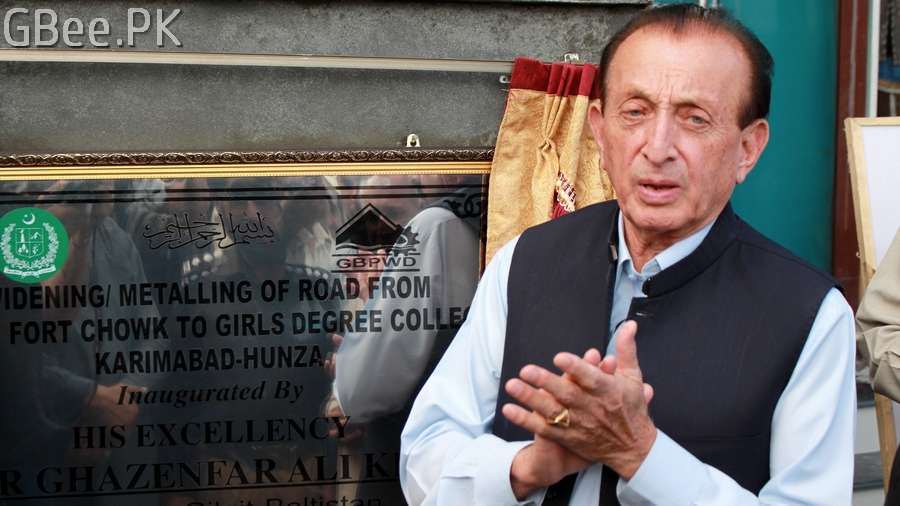(Karimabad, Hunza) Mir Ghazanfar Ali Khan, the Governor of Gilgit-Baltistan, has inaugurated the expansion of Karimabad road between Baltit Fort Chowk to Girls Degree College Chowk.
A total of 48.230 million PKR has been approved for the project out of which 21.969 million PKR will be spent on development work while 28.866 million PKR will be spent on compensations and damages. The project is set to be completed in 19 months.
The contract has been awarded to Mr. Majeed Ullah Baig who has previously completed various renovation related projects in Hunza and other regions of Gilgit-Baltistan.








Leave a Comment